How to Extend the Life of Your EV Battery: Charging Tips and Best Practices
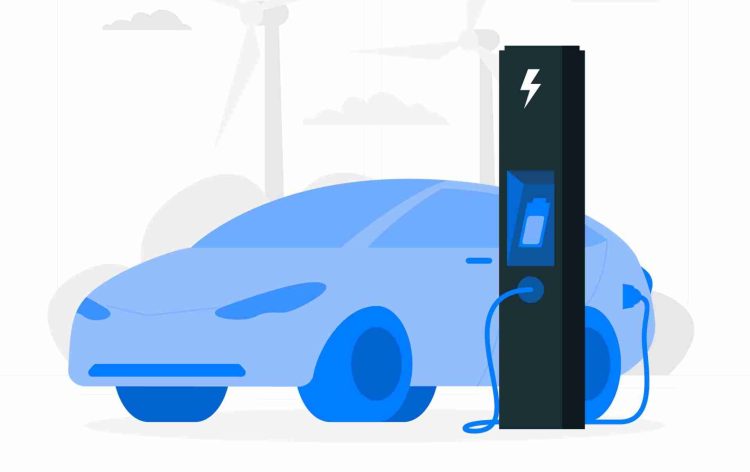
Electric vehicles (EVs) are becoming more popular; however, a major challenge for many drivers is battery existence. Understanding the way to care for your EV battery will not only assist the battery final longer however also enhance general overall performance. This manual affords critical suggestions for extending the lifestyles of your EV battery, focusing on charging conduct, renovation, and nice practices.
Understanding How EV Battery Works

An EV’s battery is similar to the battery on your phone or computer, but tons larger. These batteries energy is used to power the car’s motor. Most electric vehicles use lithium-ion batteries, regarded for their excessive energy density and rechargeability. However, like all batteries, they degrade over time.
The rate at which an EV battery degrades depends on several elements, inclusive of the way you fee it and the situations in which you power it. By following clever charging habits and taking care of the battery, you may significantly sluggish this degradation.
1. Optimize Charging Levels
One of the handiest methods to extend your EV battery’s life is by managing how much you charge it. Many EV experts advise keeping the battery charge between 20% and 80% to avoid strain on the cells.
Avoid Full Charges Regularly
Charging the battery to 100% can cause long-term wear. While most EVs can be charged to full capacity, doing this too often will shorten the battery’s lifespan. Aim to charge it only when absolutely needed, such as for long road trips.
Don’t Let It Drop Below 20%
Just like you should avoid full charges, you should also avoid letting the battery charge drop below 20%. Running the battery down to 0% causes strain on the cells, which can lead to faster degradation.
By keeping the battery in a healthy charge range (between 20% and 80%), you minimize wear and tear.
2. Use Slow Charging When Possible
Different charging options are available for EVs, from slow Level 1 chargers to fast DC charging. While fast charging can be convenient, it can also reduce battery life over time.
Stick to Level 1 or Level 2 Charging
Level 1 and Level 2 chargers are slower but kinder to your EV battery. These charging types generate less heat compared to fast chargers, which is better for the battery’s health. Whenever possible, charge your vehicle overnight using these slower chargers.
Limit Fast Charging
Fast charging is convenient but can accelerate the battery’s degradation due to the high levels of heat it generates. If you rely on DC fast charging too often, you could be shortening your EV battery’s lifespan. Use fast charging only when necessary, like on long trips.
3. Charge Your EV in Moderate Temperatures
Temperature plays a key role in battery health. Lithium-ion batteries are sensitive to extreme heat and cold, so you need to be mindful of where and when you charge your EV.
Avoid Charging in Extreme Heat
Excessive heat is one of the main causes of battery degradation. Charging your EV in very hot weather can lead to overheating, which degrades the battery’s cells over time. Try to charge your car in the shade or in a garage during hot weather to keep the battery cooler.
Watch Out for Freezing Conditions
Cold temperatures can also harm your EV’s battery, though not as severely as heat. Charging in freezing conditions can reduce the battery’s efficiency and slow down charging times. If you live in a colder climate, consider using a climate-controlled garage to charge your EV when temperatures drop.
Charging in a more moderate climate helps keep the battery operating efficiently and reduces unnecessary wear.
4. Precondition Your EV Battery
Some EVs come with a feature known as battery preconditioning. This function allows you to heat or cool the battery before driving or charging, which helps it reach an optimal temperature for performance.
Use Preconditioning in Cold Weather
In colder temperatures, preconditioning warms up the battery, making it more efficient and ensuring a smoother driving experience. It also helps during charging, as the battery charges more efficiently when warmed up.
Preconditioning for Charging

You can also use preconditioning before charging to reduce the time it takes to charge the battery. This is especially useful if you’re about to fast charge, as it can help reduce stress on the battery by keeping it at an ideal temperature during the process.
Using preconditioning effectively can maximize both the driving range and the battery’s long-term health.
5. Limit Fast Acceleration and High Speeds
How you drive affects your EV battery’s health as much as how you charge it. While EVs are known for their instant torque, frequent hard acceleration can drain the battery more quickly and increase its wear.
Avoid Hard Acceleration
While it’s tempting to take advantage of the instant power an EV provides, doing so can put more strain on the battery. Instead, try to accelerate gradually whenever possible. This puts less stress on the battery, leading to more efficient energy use and a longer battery life.
Drive at Moderate Speeds
High speeds require more power from the battery, which reduces its range and puts additional strain on the cells. Driving at moderate speeds, especially on highways, can help extend the battery’s range and reduce wear.
Driving more conservatively can increase the life of your battery by reducing the amount of power it needs to generate for sudden bursts of speed.
6. Avoid Overcharging and Deep Discharging
To maintain the health of your EV battery, it’s important to avoid both overcharging and deep discharging. Both of these extremes can cause damage over time.
Monitor Charging Levels
Most modern EVs have built-in safeguards to prevent overcharging, but it’s still a good idea to monitor your charging habits. If possible, set a charging limit in your car’s settings to stop charging at 80% rather than reaching full capacity.
Avoid Running the Battery Down to 0%
Just as overcharging can wear down the battery, running it down to 0% can cause damage as well. Always aim to recharge your battery when it reaches around 20%.
By avoiding these two extremes, you keep the battery in its optimal range and prevent unnecessary wear.
7. Keep Your EV’s Software Updated
EV manufacturers regularly release software updates to improve battery management and overall vehicle performance. These updates can help improve charging efficiency and extend the battery’s lifespan.
Install Updates Regularly
Keep your EV’s software up-to-date to take advantage of any improvements. These updates often include changes to how the battery is managed, which can lead to better performance and longer life.
Check for Manufacturer Recommendations
Stay informed about any manufacturer recommendations regarding battery care. Some updates may include new features like enhanced charging options or new battery-saving modes.
Regular updates ensure your EV runs at its best and that your battery is managed as efficiently as possible.
8. Plan Charging Stops for Long Trips
If you’re going on a long trip, it’s important to plan your charging stops wisely. Poor planning can result in unnecessary fast charging, which shortens battery life.
Pre-Plan Charging Stops
Before you hit the road, plan your route so that you only need to charge when necessary. This will help you avoid relying on fast chargers too frequently. Use apps or the car’s navigation system to find slower chargers along your route.
Charge Before Leaving
If possible, charge your EV the night before a long trip using a Level 1 or Level 2 charger. This ensures that you start with a full battery without having to stress it with fast charging right away.
Being mindful of how you charge during long trips can keep your battery healthier in the long run.
9. Avoid Letting Your EV Sit at a High Charge

Many EV owners make the mistake of fully charging their vehicle and then leaving it unused for extended periods. This can be harmful to the battery.
Reduce Charge Levels for Storage
If you know you won’t be driving your EV for a while, reduce the charge to about 50%. Leaving the battery at a high charge for a long time can degrade the cells. Similarly, avoid leaving the battery at a very low charge level during storage.
Keep it in Moderate Temperatures
Storing your EV in a climate-controlled space is also beneficial for the battery. Extreme temperatures can cause unnecessary degradation, even when the car isn’t being used.
Following proper storage protocols helps protect the battery when the car is not in use.
10. Use Regenerative Braking Wisely
Regenerative braking is a great feature of EVs that allows the car to capture energy during braking and use it to recharge the battery. While this can extend the range, overuse can cause wear on the battery.
Regenerative Braking Efficiency
Use regenerative braking when driving downhill or in stop-and-go traffic to maximize efficiency. However, don’t rely on it too much in regular driving situations. Using it in moderation allows you to extend battery life without causing unnecessary strain.
Conclusion
Extending the life of your EV battery is a matter of mindful charging habits, smart driving, and regular maintenance. By keeping your battery charged between 20% and 80%, avoiding extreme temperatures, using slow chargers when possible, and taking advantage of features like preconditioning and software updates, you can significantly slow down the battery’s degradation.
Taking these steps prolongs the battery’s life and ensures your EV runs at its best for years to come.
Also Read-
EV battery life: What to expect from your electric vehicle
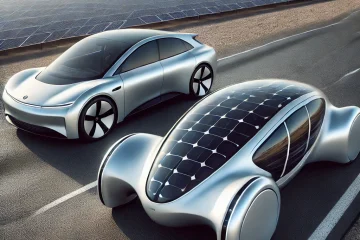
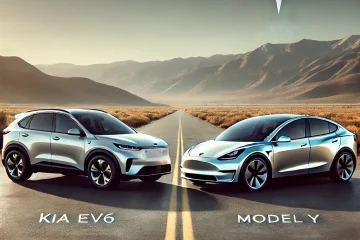
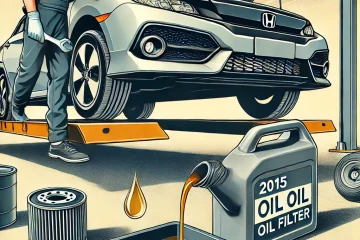
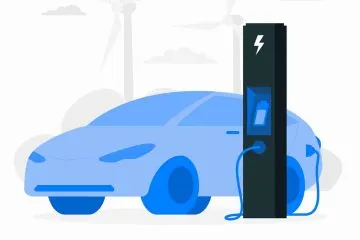


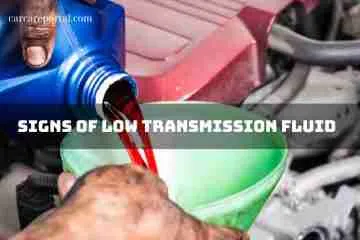


No Comment